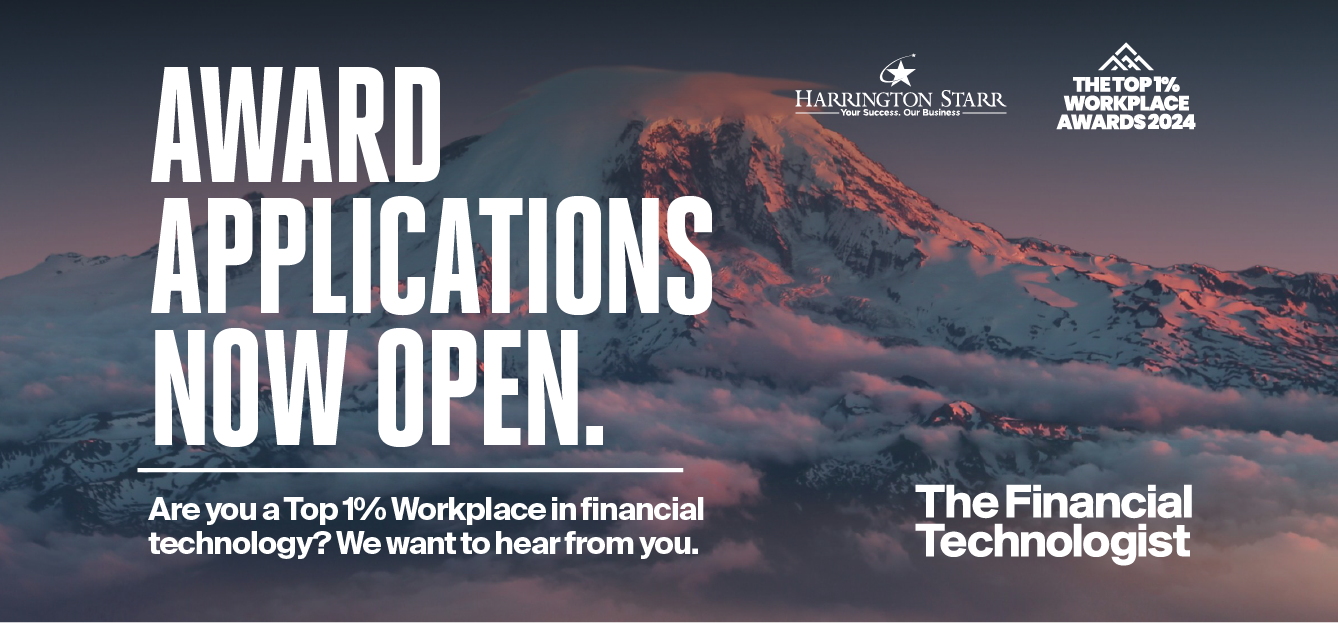Decentralised Finance (DeFi) is the umbrella term for complex financial services solutions in the crypto ecosystem. Leveraging blockchain, DeFi aims to recreate a traditional financial system without a central service exercising control over that system.
The twin dynamics of volatile market conditions and breakneck acceleration of technology innovation in global financial markets over the past few years has driven the remarkable growth of DeFi. Over the course of 2021, institutional interest in – and appetite for – DeFi solutions was growing too, a trend that continues apace this year.
Why is everyone talking about DeFi?
Don’t want to open another bank account? No problem. DeFi means traditional barriers to entry have been blown away. This is an open and transparent financial system with public and immutable blockchain technology acting as a decentralised trust source. All users can connect to these markets in the same way.
Any market participant globally can borrow, lend and even spin their own exchange or act as a liquidity provider – and be rewarded for it.In this brave new world, competition and, by extension, innovation in the marketplace is gathering speed and generating huge excitement. The innovation in the DeFi space seen to date is staggering, from financial products, such as stablecoins, to ground-breaking dApps, such as Decentralised Exchanges (DEX), and decentralised borrowing/lending marketplaces.
Can anything hold DeFi back?
Market commentators delight in predicting this pioneering technology will cause seismic waves and change the financial world as we know it. However, this tech is still nascent. The sheer speed of innovation and adoption means significant hurdles still need to be overcome in order to drive institutional adoption of DeFi and, by extension, for it to become truly ubiquitous.
First of all, it is important to understand that blockchain technology, which is the foundation of DeFi, is Peer-to-Peer (P2P) by its very nature and spirit. Moving from a centralised clearing system to a completely bilateral P2P network increases counterparty risk. Digital assets are an extremely nuanced asset class, necessitating extensive education for institutional investors entering the space. With central banks not acting as lenders of last resort, there is not the same traditional safety net when you take a leap into DeFi.
In addition, moving between different blockchains is complicated and carries risk when bridging assets. Due to the decentralised nature of the market, it is very difficult for investors to have an aggregated view of their risk and P&L. There is also a lack of institutional-grade risk management solutions in this continuously evolving market - a gap Coremont Digital is helping to fill, by giving portfolio managers a complete view of their positions, linking the DeFi (e.g. liquidity pool, staking), CeFi (crypto spot and derivatives traded on exchange) and TradFi worlds by bringing risk and P&L onto a single platform.
It’s impressive how quickly significant strides have been made by regulators globally. Standardization will be a key driver of growth for digital assets as well as the DeFi market, removing barriers to entry for institutional participants. An innovative paper by Bank of International Settlements (BIS) explored the idea of a regulatory framework that provides for compliance in decentralised markets to be automatically monitored by reading the market’s ledger. This paper illustrates and confirms the desire to move forward globally through thought leadership, transparency and collaboration.
What’s next?
In DeFi, the opportunity is also the challenge. A lack of interconnectivity and interoperability makes large-scale user adoption for both institutions and retail users harder as the user experience isn’t intuitive and requires significant education in the space.
For all its promise, DeFi is not yet easily accessible for institutions. Blockchain-guaranteed anonymity is a barrier to entry for large funds that need to ensure compliance with KYC requirements. Designed for individuals with self-custody, a more institutional custody solution is also lacking.
TradFi and DeFi are sometimes painted simplistically as opposing systems, with DeFi the tsunami poised to wash the traditional financial system away. However, I believe the real opportunity for disruption comes from cooperation. Both sides have a huge opportunity to develop new infrastructure, from advancing robust portfolio creation, through establishing innovative risk management solutions to support existing players, to nourishing sustainable growth. TradFi and DeFi players can learn a lot from each other – it’s time to work together for the benefit of the entire marketplace.
